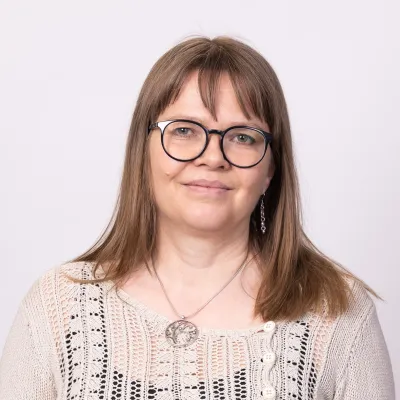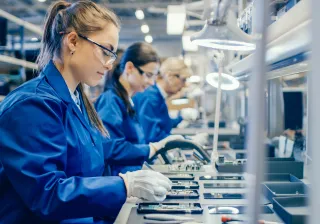Circular economy of textiles must be developed to reduce environmental effects of textile production. Separate collection of textile waste will start in Finland in 2023, and in all EU countries by 2025. In addition, textiles must be used more effectively even before they become waste. Telaketju 2 project, led by VTT and carried out with Turku University of Applied Sciences, LAB University of Applied Sciences and companies, explored how new business models and product design could support this development.
Since 2017, VTT has been building a circular textile ecosystem and promoted circular economy of textiles in Finland, in various Telaketju projects. The members of the Telaketju network have piloted separate collection of textile waste in the area of operation of seven municipal waste management companies around Finland. In addition, Lounais-Suomen Jätehuolto and Rester Oy will open together the first Nordic plant processing textile waste for industrial reuse in Paimio.
In relation to population and the size of the country, Finland has gone far in circular economy of textiles. This has aroused international interest.
“In the previous projects, our focus was on the challenges of recycling. In the Telaketju 2 we expanded our activities to effective use of products. New business models and product design play an important role here,” says Pirjo Heikkilä, VTT’s Senior Scientist and Project Manager of Telaketju 2. “VTT has been the key research partner since the beginning of the project. We have strong understanding of the entire process, business models, and technologies – in specific, chemical recycling of cotton and recycling of plastics.”
LAB University of Applied Sciences has focused on the role of product design in circular economics, and Turku University of Applied Sciences has researched and developed circular business models together with network’s companies. Both research institutes have been participating in Telaketju since the beginning.
Telaketju 2 has provided the network companies practical tools for developing sustainable activities and conducted research on product design for developing textiles with long lifecycle and frequent use. LAB University of Applied Sciences has gathered the identified means into a practical guide (https://www.theseus.fi/handle/10024/498665), to be used by textile companies. The project has also searched for sustainable, recycled, and biobased alternative materials for textile industry.
Circular textiles should be available for everyone
The project also focused on understanding consumer attitudes towards new business models. Results show that now is the right moment for them: consumers understand the need to cut down environmental effects and they want clothes made of recycled fibre. The decision to buy is based on the comfort, price, quality, and durability, but information on the product’s sustainability is increasingly important. According to previous research, consumers have considered recycled textiles a luxury, but now they want these textiles available for everyone. Lending clothes or clothes as a service are examples of new ways to acquire textiles in a sustainable manner but without compromising variability.
“Clothing libraries, like Telaketju network partner Vaatepuu, offer clothes as a service for monthly payment. The customer changes the garments every few weeks. During this limited time, the clothes are typically worn more frequently. This increases the number of times a garment is used, as well as the total usage time,” explains Heikkilä. Pilots, carried out by Turku University of Applied Sciences, also investigated the differences between different sharing models according to the business model of the company.
Finnish companies leading the way
The Finnish textile companies are enthusiastic about developing circular economy. The collaboration in the Telaketju network is active.
“Participation in the Telaketju project has been important in designing our company's own circular model. We have received new and up-to-date information on textile reuse. Through Telaketju we have also networked with other companies in the industry. The topics covered in Telaketju, example cases from companies and joined discussions in the meetings have helped our company to understand what kind of business opportunities our test project can have in the future,” says Outi Aro from Nosh Company Ltd.
Additional information:
Telaketju network and projects: www.telaketju.fi
Final report of Telaketju 2 project: Telaketju - Business from Circularity of Textiles








